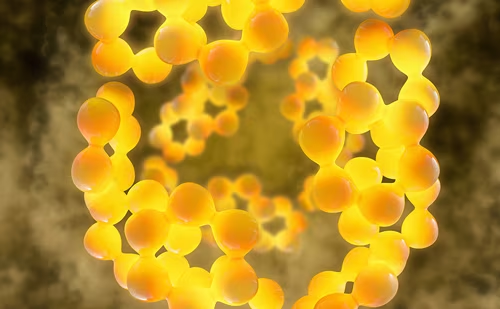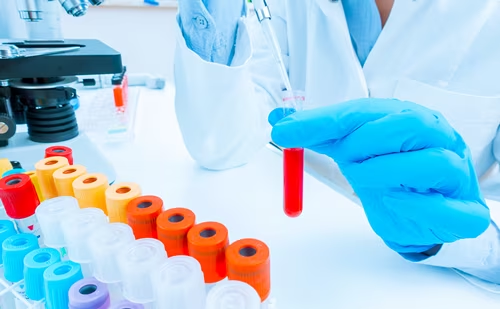Welcome to the spring edition of EU Endocrinology, which features a diverse range of articles covering multiple topics in endocrinology. This issue begins with an article by Sandow et al. that provides an overview of bioequivalence studies of recombinant human insulin preparations, as well as considering the relevance of human insulin in the age of insulin analogues. One such analogue, insulin glulisine (Apidra®) forms the subject of the second article. Pregnancy in women with diabetes (either gestational or pre-existing) is associated with a higher rate of adverse outcomes than pregnancy in the general population. However, in a review of post-marketing and clinical trial safety data, Doder et al. found no causal association between the use of insulin glulisine and increased risk of pregnancy complications or congenital malformations. The use of glucagon-like peptide (GLP)-1 receptor agonists (GLP-1 RAs) remains a hot topic in diabetes and a review by Gallwitz gives an overview of two new longacting GLP-1 RAs, albiglutide and dulaglutide, as well as reviewing recent studies of liraglutide in the treatment of obesity that have led to its approval in this indication.
Cardiovascular risk remains an important subject in EU Endocrinology. Following many years of research dedicated to elucidating the pathophysiological processes that underlie atherosclerosis, more recent studies have focused on earlier stages in the process including arteriosclerosis and the new concept of early vascular ageing (EVA). This is discussed in a review by Nilsson. In addition, a review by Sonmez discusses the controversial matter of the lack of consensus guidelines for dyslipidemia management and the pros and cons of existing recommendations.
Two articles in this issue focus on pituitary disorders. Huguet et al. discuss quality of life, recurrence rates and morbidities in patients with Cushing’s disease, and Maiter provides an editorial discussing the current challenges in managing prolactinomas. In another editorial, Faisal Ahmed et al. discusses the rare phenomenon of osteoporosis in young adults and the challenges of assessing the condition in this patient population. Finally, two editorials discuss more general areas of endocrinology. Recent research suggests that hormonal disorders have numerous actions on the musculoskeletal system, and Ghigo and Minetto discuss the emerging subject of musculoskeletal endocrinology. In addition, Léger and Carel discuss management and long-term outcomes in central precocious puberty.
In addition to introducing our articles, we would like to draw our readers’ attention to the annual meeting of the European Society of Endocrinology (ESE). This year the 17th European Congress of Endocrinology runs from 16 May to 20 May 2015, in Dublin, Ireland, and more than 2,500 delegates are expected to attend. The lectures of this year Laureate Awards are entitled: Understanding energy sensors and neuroendocrine functions and Insulin actions in common metabolic disease. A European Hormone Medal Lecture will be awarded for the first time and the recipient will present a lecture entitled: Obesity and Insulin resistance: Lessons from human genetics, followed by a range of plenary lectures. Also scheduled are several innovative symposia, including glucocorticoid action in health and disease, the relationship between thyroid hormone and cardiovascular system, the endocrinology of ageing men, the innovative actions of fibroblast growth factor (FGF23) and a novel mechanism of central weight regulation. In addition, ESE will present its latest clinical guidelines on Long-term management of pheochromocytoma/paraganglioma after surgery and Management of hypoparathyroidism. The popular Meet the Expert sessions will allow attendees to seek answers or share experience with the experts. We are sure this congress will be innovative, as well as providing opportunities to interact with peers and colleagues.
EU Endocrinology would like to thank all expert authors who contributed towards this edition. A special thanks goes to our Editorial Board for their continuing support and guidance. We hope that these thought-provoking articles will provide something of interest to all.







